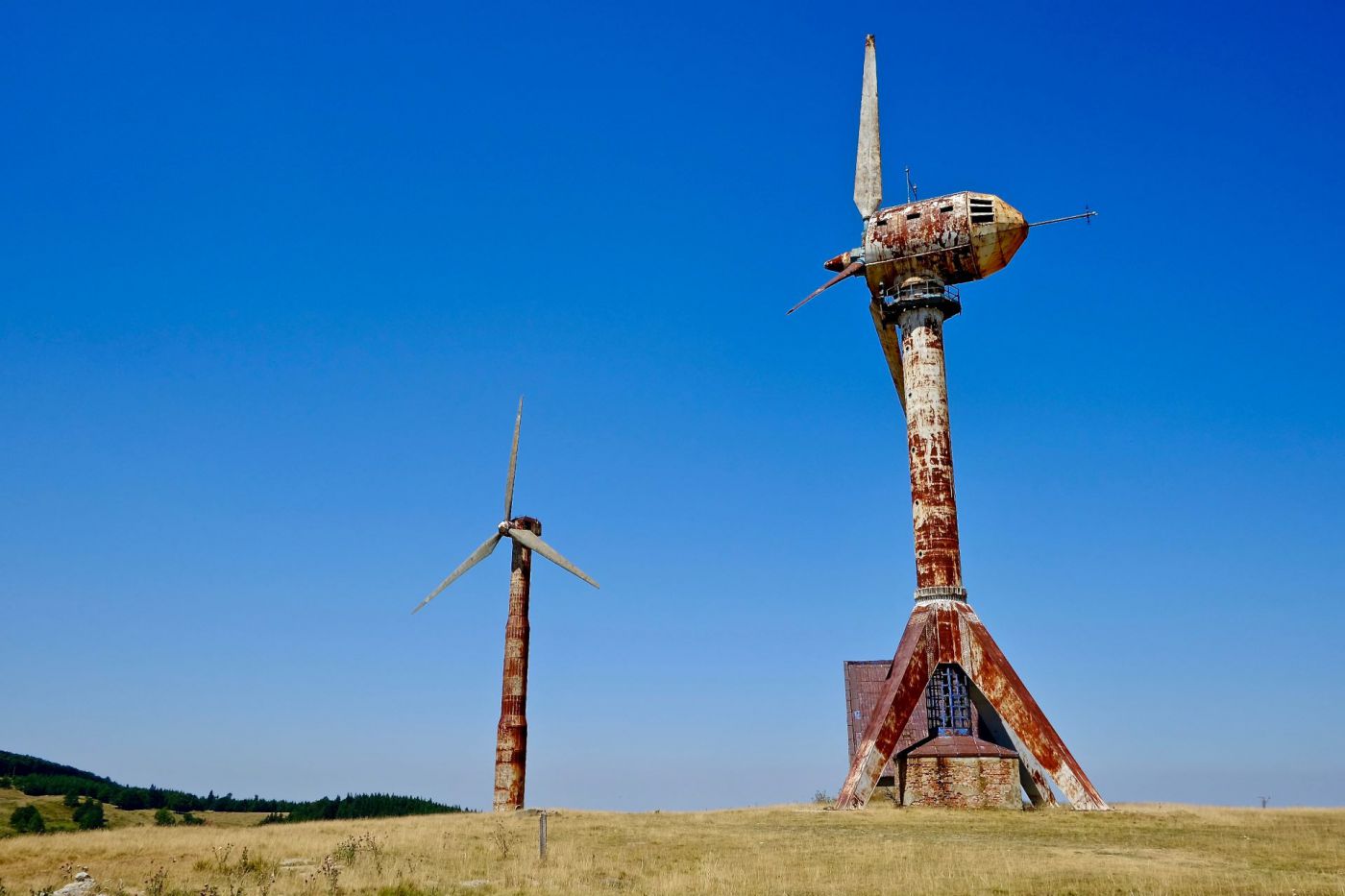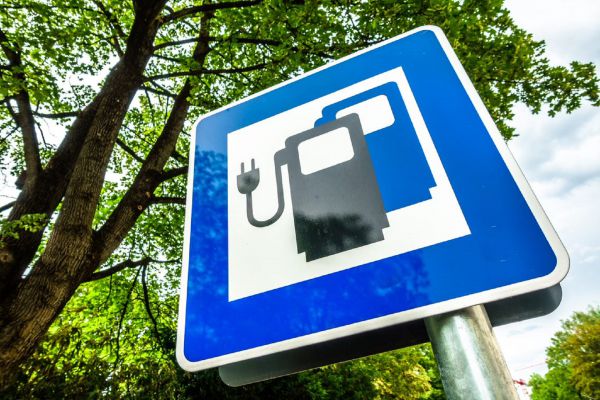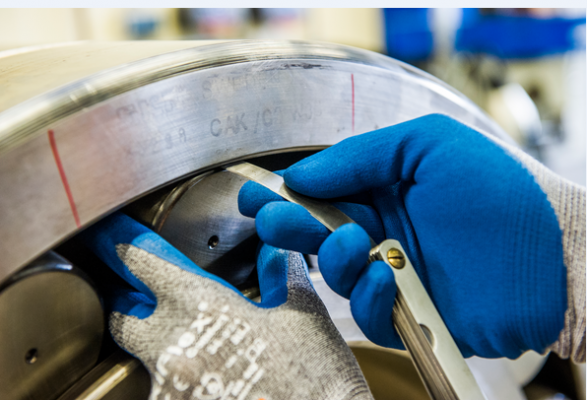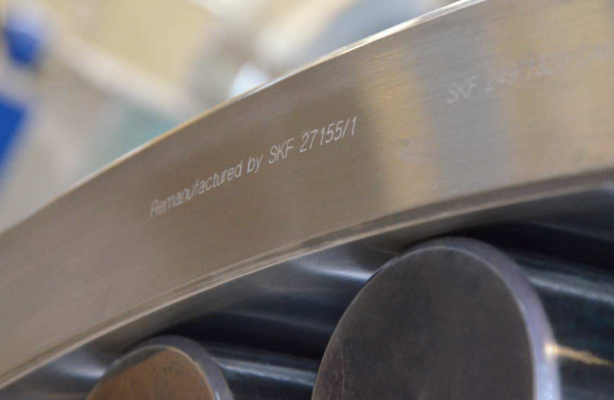Wind turbines usually operate for around 20 years before they are decommissioned. When these environmentally friendly machines were first introduced in large numbers, disposal was not a key consideration. Now, we are entering the era where this is becoming a reality. And if this process is not managed correctly, the wind energy sector could end up undermining its efforts to make the world greener.
What are the problem components?
Perhaps the biggest challenge when it comes to recycling wind turbines is the huge, non-biodegradable blades. The wind energy sector’s core aim in this regard is implementing an industry-wide plan to dispose of wind turbine blades that will not harm the environment. This is easier said than done. Blades are normally manufactured using carbon fiber and glass, which would emit harmful substances if burnt. Additionally, these parts were designed to be robust and not to degrade, meaning landfill is also not a viable option. Such issues have not gone unnoticed, and companies and associations are looking at how to manage this problem.
In 2014, Germany had to deal with 54,000 tons of waste from rotor blades.
Source: Green Optimistic
How can the wind energy sector act?
Despite recycling still being a work in progress in wind energy, leading associations and organizations are discussing the topic in detail. Giles Dickson, CEO of WindEurope, believes that this is now of paramount importance and cross-sector collaboration may provide the answer. “Recycling old blades is a top priority for us, and teaming up with the chemical and compositors industries will enable us to do it in the most effective way,” explains Dickson.
By 2050, there will be around 43 million tons of cumulative blade waste.
Source: Balkan Green Energy News
WindEurope, alongside the European Chemical Industry Council (Cefic) and the European Composites Industry Association (EuCIA), have formed a partnership for recycling blades. The parties will work together to use wind turbine blade composite as filler for cement – reducing the environmental impact of cement manufacturing, too. It is estimated that using composite from wind turbine blades for cement production reduces carbon dioxide emissions by up to 16 percent.
However, it isn’t just at present where collaboration between the wind energy, composite, and chemicals industries could help. As part of the initiative involving WindEurope, chemical companies will research and develop wind turbine blade materials that can be recycled more easily. Marko Mensik, Director General at Cefic, stated in an interview that the chemical industry could make future blades more reliable, affordable, and environmentally friendly.
What are the next steps?
The partnership between wind energy and other industries to overcome the challenges posed by recycling is a great start. The foundations have been laid for sustainable action. Despite this, measures must be coordinated between different nations and companies. There is still work to be done, but the wind industry is on the right track. Stay tuned for more information on this topic.



